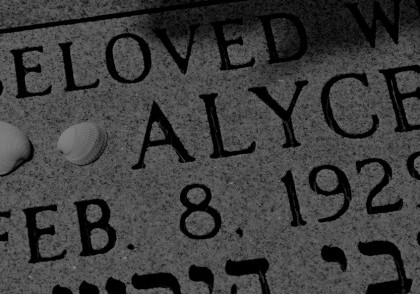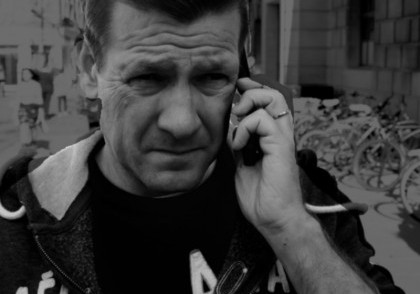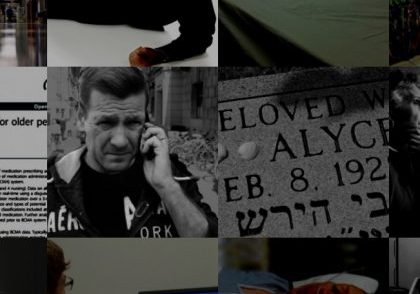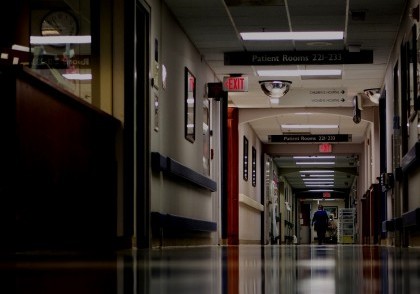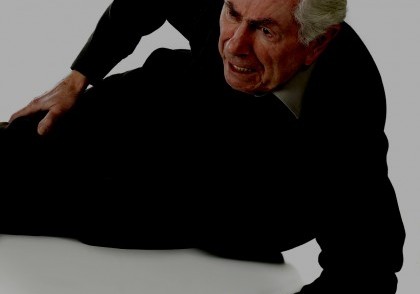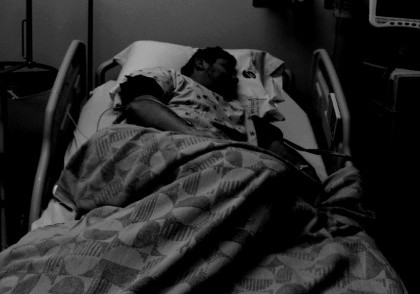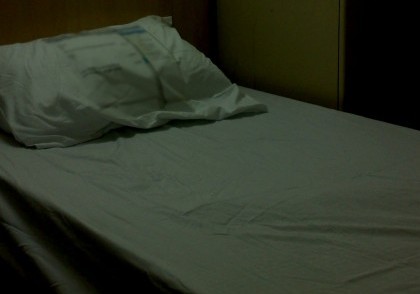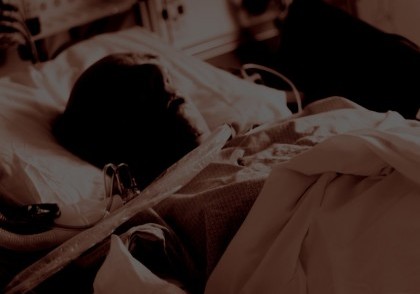It is never an easy decision to place a loved one in a nursing home. When you entrust the care of someone you hold dear to a nursing home, you are doing so with the belief and understanding that the staff at the nursing home will look out for the best interests of your loved one. However, this is not always the case. Every year elderly individuals suffer from negligence and abuse at nursing home facilities. One of the signs that your loved one is not being properly cared for at the nursing home are falls that occur in the facility.
According to the CDC, "[f]alls are the leading cause of fatal and nonfatal injuries among adults aged ≥65 years (older adults)." The Center reports that of those 65 and older, one in four of these individuals falls each year. 20% of falls "cause[] a serious injury such as broken bones or a head injury" and some "2.8 million older people are treated in emergency departments for fall injuries" each year. In addition, "[o]ver 800,000 patients a year are hospitalized because of a fall injury, most often because of a head injury or hip fracture" and "approximately 27,000 older adults died because of falls" in 2014.
Falls in nursing homes are especially common, according to the Agency for Healthcare Research and Quality (AHRQ). There are about 1.6 million nursing home residents across the country and about half of these individuals fall each year. In addition, "[a]bout 1 in 3 of those who fall will fall two or more times in a year." AHRQ states that the 'adverse consequences' of such a fall include:
- "Reduced quality of life.
- Increased fear of falling and restriction of activities.
- Decreased ability to function.
- Serious injuries.
- Increased risk of death."
There are a number of things that can cause an elderly person to fall. Some of the common reasons for falls include, but are not limited to:
- Medical conditions and chronic diseases
- Medication side effects
- Lack of monitoring by staff
- Lack of assistance to complete a task (i.e., go to the bathroom)
- Unsafe environment (i.e., bad lighting, uneven floors, faulty equipment or furniture)
If a fall was caused by a lack of attention or proper care by the nursing home staff, whether it be that the patient was not properly monitored or that there was a hazard in the facility that was not taken care of, the nursing home could face liability for the injuries their negligence causes. If your loved one has fallen at a nursing home facility and you suspect that the fall occurred because of negligent care or the negligent maintenance of the facility, please do not hesitate to contact the law firm of Dalli & Marino today.
Proving Nursing Home Negligence
If your loved one was injured because he or she was not properly taken care of in a nursing home then you may choose to hold that facility responsible. In New York, there are several ways to approach this type of case. The approach that you and your attorney decide to take will depend on the facts and circumstances of the case. New York has special laws and regulations that govern resident care in nursing homes. If the nursing home violates a rule or regulation and your loved one is injured, you may have a claim against the nursing home.
Negligence
One legal theory that can be used to establish liability for a fall is negligence. Negligence is the "failure to exercise the standard of care that a reasonably prudent person would have exercised in a similar situation" Black's Law Dictionary 1133 (9th ed. 2009). For example, let's say a nursing home staff member is told about a spill, but does not clean it up within a reasonable amount of time or place a warning sign around the spill. A resident then slips and falls on the wet floor, injuring her hip. The nursing home facility may be held liable for that resident's injury because the staff failed to clean up the spill in a timely manner or warn residents of the danger.
In New York, in order to prove negligence a plaintiff (the person bringing the case) must establish that there was "'(i) a duty owed to the plaintiff by the defendant; (ii) breach of that duty; and (iii) injury substantially caused by that breach.'" Pasternack v. Lab. Corp., 807 F.3d 14, 19 (2d Cir. 2015). If a plaintiff can prove all these elements by a preponderance of the evidence then he or she may be able to hold the responsible party liable for damages. Thus, in the above example, the nursing home staff owed a duty to its residents to keep the facility free of hazards, the staff breached this duty by failing to clean up the spill in a reasonable amount of time, and the plaintiff was injured and suffered damages because she fell. Thus, the elderly resident could most likely hold the nursing home liable for her injuries.
Public Health Law §
2801-d ClaimsAnother liability theory available in certain nursing home cases is the Public Health Law, section 2801-d. Under New York law, patients in nursing homes have certain rights, requiring that they be treated with dignity and respect. This statute was designed to "introduce a degree of equality between nursing homes and their otherwise vulnerable and helpless patients and, through private litigation brought by patients either in individual or class action lawsuits, provide a supplemental mechanism for the enforcement of existing standards of care." Morissett v. Cooke Health Ctr., 8 Misc.3d 506, 512 (N.Y. Misc. 2005). If a nursing home facility violates a patient's rights then the patient can bringing a claim for damages under section 2801-d of the Public Health Law. This claim can be brought in addition to any other common law claims that the patient may have such as negligence or medical malpractice. Randone v. New York, 30 Misc.3d 335, 339 (N.Y. Misc. 2010). If a facility is found to have violated a patient's rights, the statute establishes a certain amount of minimum damages that can be awarded. It also permits punitive damages and attorney fees.
Contact A Nursing Home Negligence Attorney
If your loved one has fallen due to negligence at a nursing home in New York, contact the law firm of Dalli & Marino today to discuss your case. When seeking justice for the wrongs suffered by your loved one, you want an experienced, compassionate, and knowledgeable attorney on your side. At Dalli & Marino, our lawyers have many years of experience fighting on behalf of those who have been mistreated in nursing homes and other elder care facilities. We strive to provide our clients with top notch legal services and are dedicated to helping our clients recover fair and just compensation for their injuries. You can reach us by calling our office today at (888) 465-8790, or fill out our online form.
Case Study – [MC]
“But for that dosing error… Mom would still be with us.” DATELINE…
Case Study: Wrongful Death
Nursing Home Abuse: Case Study 19: Wrongful Death in a Nursing Home
Case Study: Nursing Home Abuse — From a Distance
You can’t be there every minute. But what of the warning signs for nursing home abuse?
Cases of Nursing Home Abuse
Review our portfolio of case studies covering numerous aspects of nursing home abuse: falls, bedsores, over-medication, neglect.
Case Study: Where is Everyone?
Nursing Home Abuse Case Study: Understaffing or neglect in a nursing home can cause severe loneliness, depression, loss of appetite or ignore health warning signs.
Case Study: Nursing Home Falls
Nursing Home Abuse: Despite best practices intended to reduce the incidence of falls, they remain a common cause for nursing home injuries.
Case Study: It Starts with Bruising
Nursing Home Abuse: Bedsores caused by neglect
Case Study: Nursing Home Bedsore
Nursing Home Abuse: Bedsores can lead to fatal complications, including organ failure and even cancer.
Case Study: I Never See A Doctor When I Request One
Nursing Home Abuse Case Study: Patients fail to receive prompt attention from nursing home physicians.
Case Study: Medication Error
Nursing Home Abuse Case Study: A medication error leads to dangerous health complications or death.
